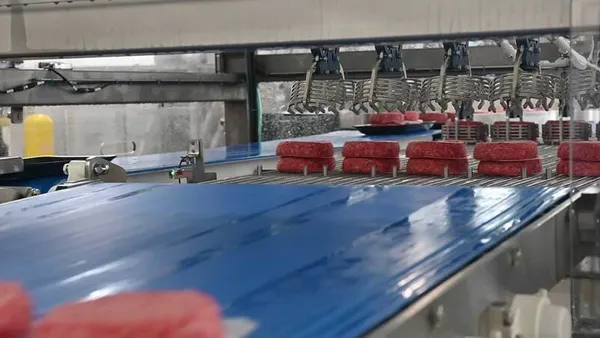Dive Brief:
- Roughly 20% of production for Nike and Adidas AG shoes will happen within automated factories by 2023 according to Morgan Stanley forecasts, driven in part by the "wear it now" mentality of modern e-commerce shoppers, Market Watch reported.
- Lead times in future supply chains will drop by 66% or more, making products available faster and reducing Amazon's e-commerce footprint.
- The athletic wear industry is forecast to expand to $355 billion from $290 billion, stealing market share from more traditional areas of apparel.
Dive Insight:
The overseas jobs that most welcome future automation currently are rote, menial and generally underpaid. These include positions creating the fast fashion sought by many e-commerce consumers, and includes lines such as Zara, H&M and soon, Uniqlo. Though efforts to monitor working conditions have helped in some cases, even the most well-treated employee labors in uncomfortable conditions.
However, this leads to the natural tension that automation brings to the table in fashion. While the jobs bring with it a challenging work environment, the employment is often better than no employment at all, especially when entire communities depend on the wages earned by the participants.
However, what's rarely mentioned or discussed is an alternative that permits machines to perform the repetitious tasks, leaving workers free to excel in more complex areas. What's missing from this idealized scenario, however, is the infrastructure to support it. At present, overseas factories produce inexpensive clothes, often in locales that may be difficult to build fully or semi-automated plants. Furthermore, complex work requires complex training, so additional resources would be required to upgrade workers' skills to operate along side new technology.













